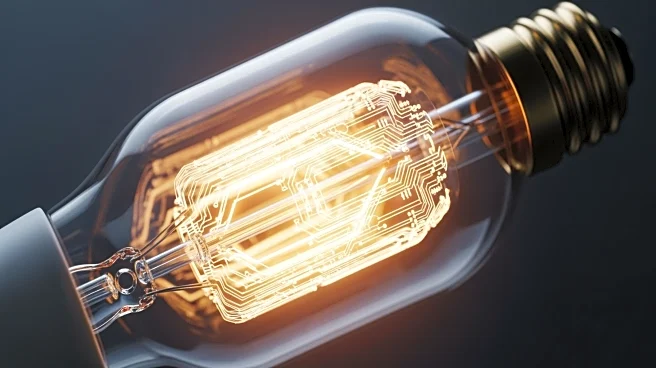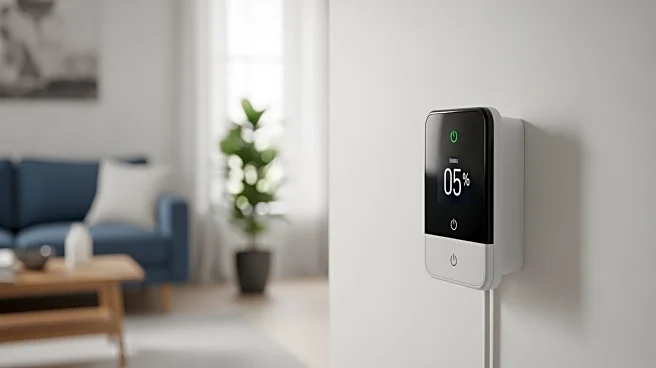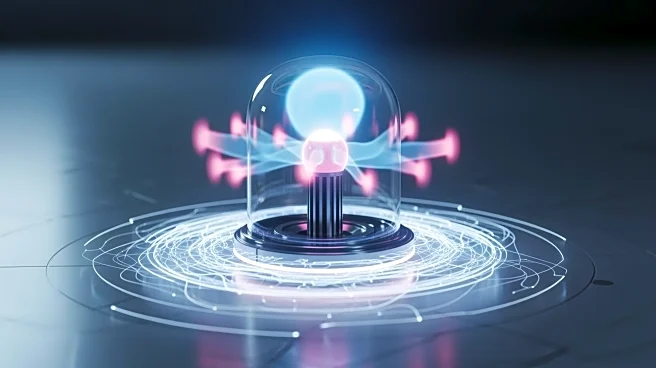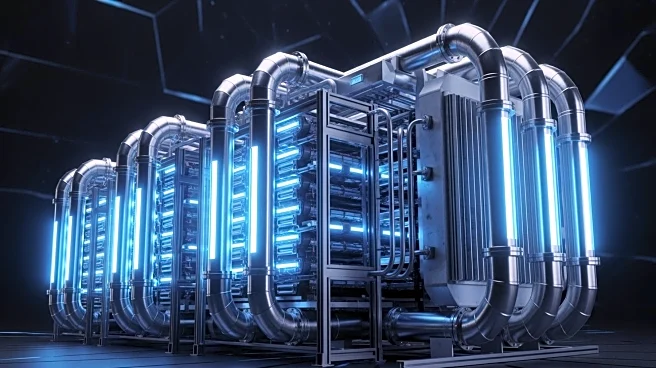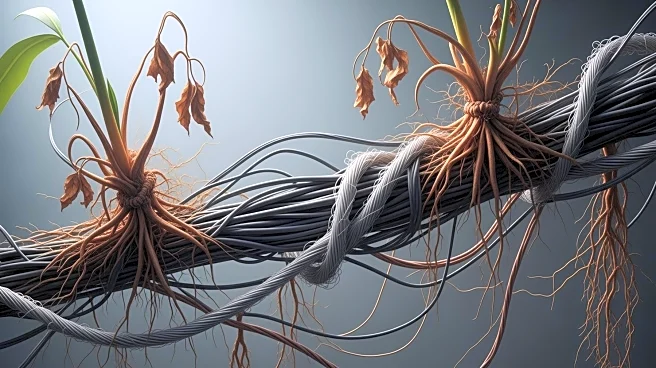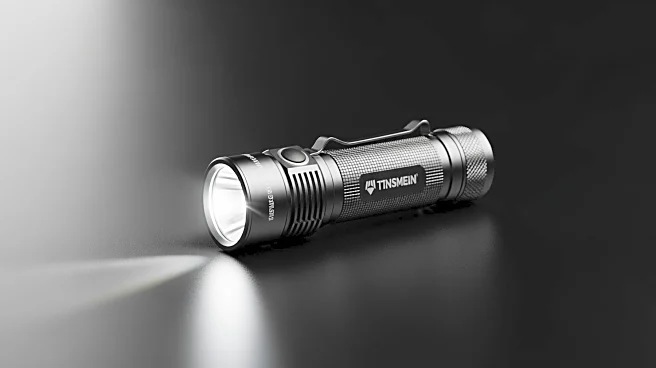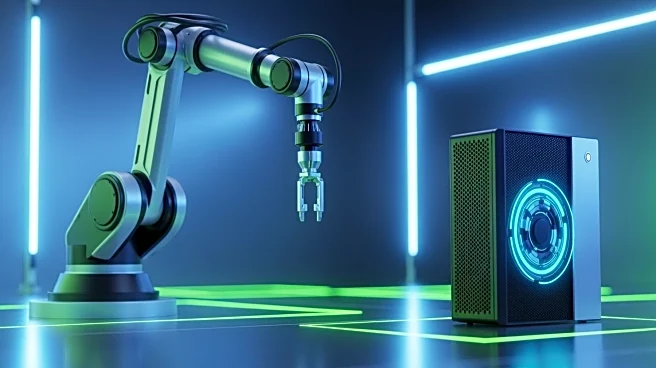What's Happening?
LED bulbs are widely marketed as long-lasting and energy-efficient alternatives to traditional incandescent bulbs. However, many consumers experience premature failure of these bulbs, leading to frustration
and additional costs. The lifespan of LED bulbs is often overstated on packaging, with claims based on internal testing that may not reflect real-world usage. Factors such as overheating, poor electrical connections, and environmental conditions like high humidity can significantly impact the performance and longevity of LED bulbs. Additionally, compatibility issues with older dimmer switches and variations in manufacturing quality can further contribute to early bulb failure.
Why It's Important?
The widespread adoption of LED bulbs is driven by their potential to reduce energy consumption and lower electricity bills. However, if these bulbs fail prematurely, consumers may not realize the expected savings, leading to increased costs and waste. Understanding the factors that affect LED bulb performance can help consumers make informed purchasing decisions and optimize their use. This knowledge is crucial for promoting sustainable practices and ensuring that the benefits of LED technology are fully realized. Manufacturers and retailers may need to address these issues to maintain consumer trust and support the transition to energy-efficient lighting solutions.
What's Next?
Consumers can take steps to improve the longevity of their LED bulbs by ensuring proper installation, using compatible dimmer switches, and selecting bulbs from reputable brands. Manufacturers may need to enhance quality control measures and provide clearer information on packaging regarding expected lifespan and usage conditions. As the market for LED bulbs continues to grow, ongoing research and development could lead to improved designs that mitigate common failure points. Additionally, increased consumer awareness and education about LED technology could drive demand for higher-quality products and encourage industry standards that prioritize durability and performance.
Beyond the Headlines
The premature failure of LED bulbs highlights broader issues related to consumer expectations and product marketing. As consumers become more environmentally conscious, the demand for sustainable and reliable products is likely to increase. This shift could influence industry practices and lead to innovations that address current limitations in LED technology. Furthermore, the integration of smart technology in lighting solutions presents opportunities for enhanced functionality and energy management, potentially transforming how consumers interact with their home environments.
